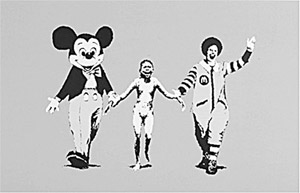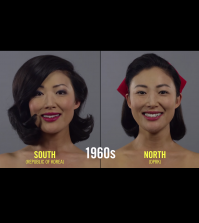- California Assembly OKs highest minimum wage in nation
- S. Korea unveils first graphic cigarette warnings
- US joins with South Korea, Japan in bid to deter North Korea
- LPGA golfer Chun In-gee finally back in action
- S. Korea won’t be top seed in final World Cup qualification round
- US men’s soccer misses 2nd straight Olympics
- US back on track in qualifying with 4-0 win over Guatemala
- High-intensity workout injuries spawn cottage industry
- CDC expands range of Zika mosquitoes into parts of Northeast
- Who knew? ‘The Walking Dead’ is helping families connect
The Beauty of Graffiti
Graffiti matters because it reflects our commercialized society and the unspoken rules that control us. Public art has become increasingly ubiquitous within metropolitan areas. It allows inhabitants to respond to the meaning behind the art.
It reminds its audience to contemplate on modern cities becoming a byproduct of big industries. Public spaces are created for every individual from any race, class, gender, and religion. However, there are social expectations that are enforced within public spaces, which eradicate any opportunity to exercise rights of freedom of expression. While it is generally considered that everyone has a right to access “public space” as opposed to private space, there are sneaky methods that manage to exclude certain groups of people- usually the youth and the lower class.
So what does it say about our society when public space is not for the public?
Authorities control the public space to make it less appealing to poor and young individuals by removing benches to restrict their use for sleeping, reducing access to certain times, and locking enclosed areas. Removing the young and poor inhabitants from public spaces is only dodging a huge problem within our society: gentrification. Our society focuses on providing public space geared toward the older middle and upper classes that have more influence and wealth. There are expectations to what public space should consist of, and they all go hand in hand with pleasing affluent citizens. But, graffiti lives on to challenge those expectations. It allows underrepresented individuals to show the world that they do exist, but in the end they are punished for existing. Unlike giant ads with naked models selling lingerie and art in museums, taggers aren’t selling anything. Taggers are trying to prove that the elite class cannot control them. And that is the beauty of graffiti- it is free and honest.
 |
Sorah Park Westtown School, PA 11th Grade |
















